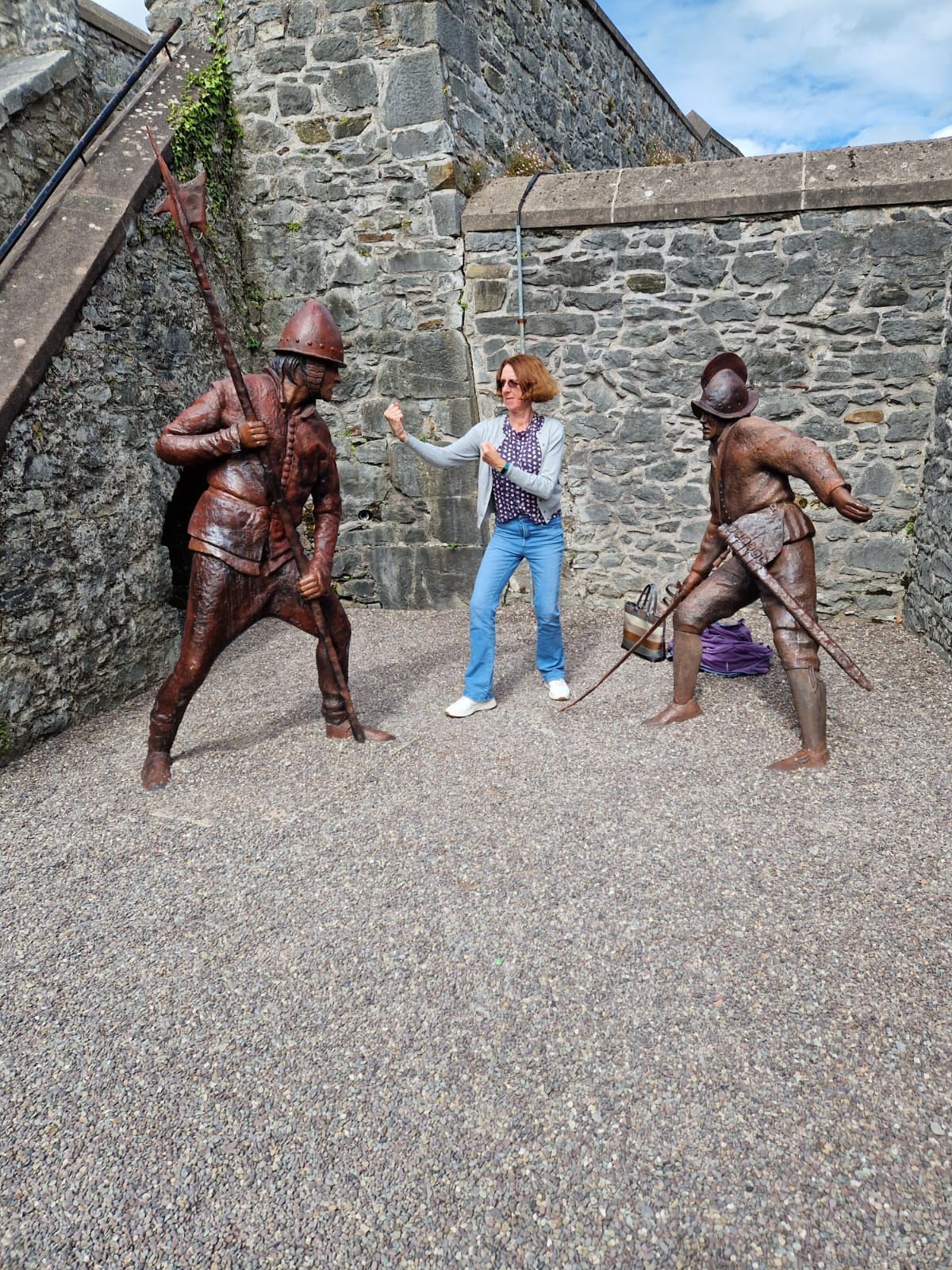If anyone had asked me before last week what a Williamite was, I’d have hazarded a guess that it was a member of the Prince of Wales’s fan club. But now I know better.
I’d always believed that after James II scarpered to France in 1688, the English invited William of Orange to come over and be king, he duly accepted the invitation, and the whole thing was accomplished without any bloodshed. Well, how wrong I was!
While William and Mary were reigning peacefully over England, the Williamites and the Jacobites were slugging it out in Ireland for over two and a half years, and the Williamite war included the bloodiest battle in Irish history in 1691, where over 7,000 people died.
I learnt this during a visit to Elizabeth Fort in Cork. Cork was a Jacobite stronghold, so the town and the fort were besieged and bombarded by the Williamites until they surrendered.
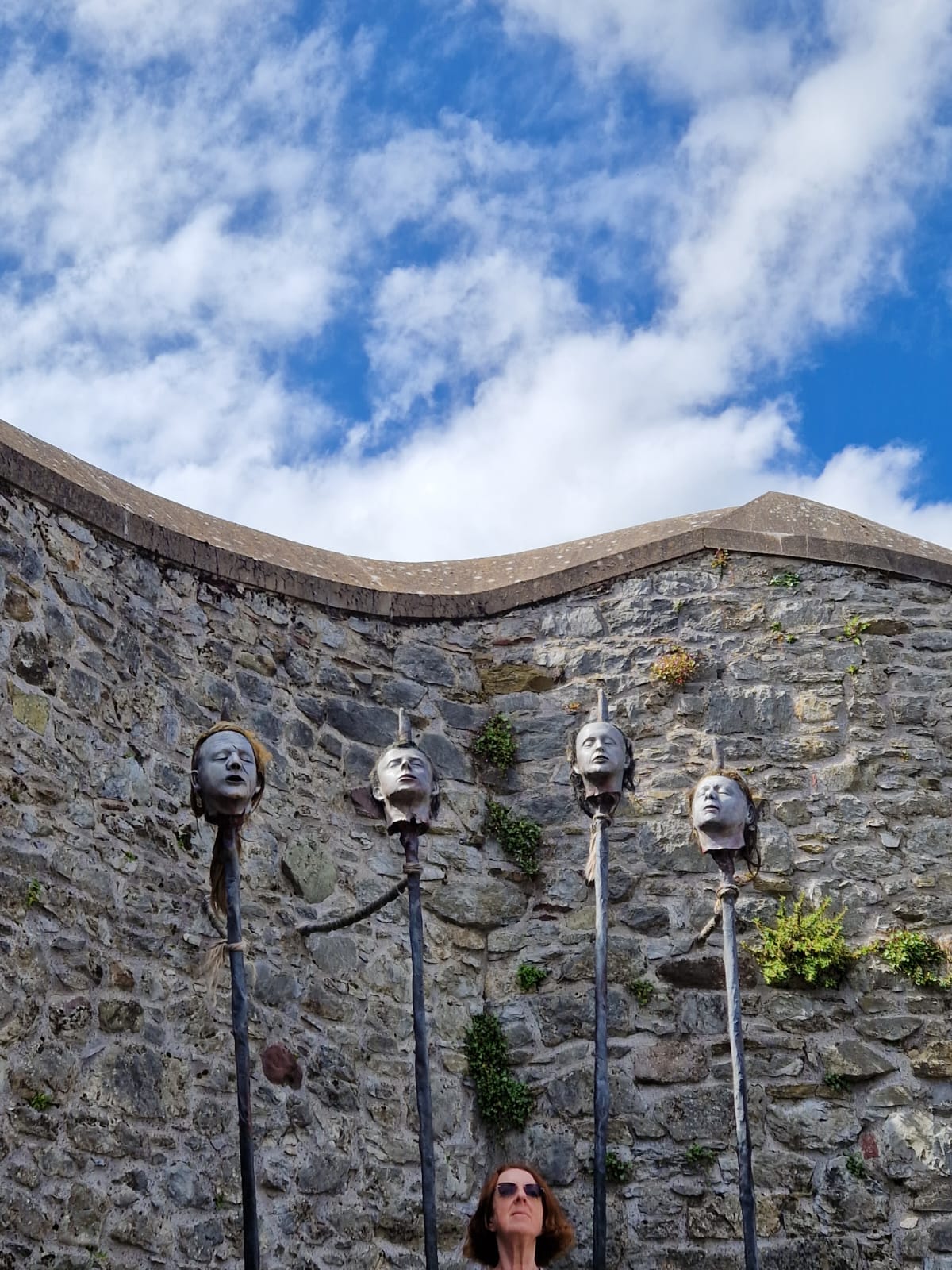
I spent a happy few minutes wondering how my head would look on a spike … would it accentuate or minimise my double chin?
The Williamites eventually won the war, the Jacobites were banished to France, and the people of Cork decided to focus on butter rather than slaughter, in a life enhancing change of direction.
Up until the 18th Century Irish butter was stored in peat bogs, and cattle raiding was considered a perfectly acceptable leisure activity by the clan chiefs. But by the mid 19th Century they’d cleaned up their act and Cork was the largest exporter of butter in the world, the Cork Butter Exchange was the world’s largest butter market, and the city had become very wealthy, shipping butter all over the world.
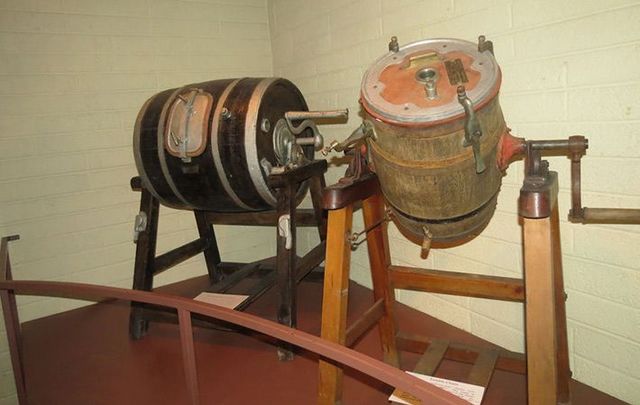
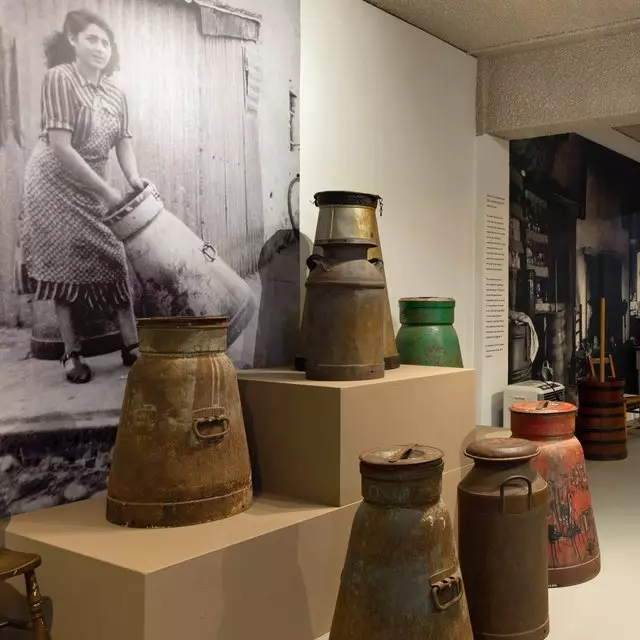
At the Butter Museum I learnt that grass fed cows produce much healthier and more nutritious butter (Kerrygold) than grain fed cows (practically all other brands), so I know which brand I’ll be buying from now on.
And butter making was so important to the economy that many superstitions grew up around it. A twig of rowan was tied to the churn to protect against witchcraft, and salt was sprinkled on the lid to ward off fairies. In County Mayo the hand of a dead infant was placed under the churn to protect the butter, whilst other counties favoured the hand of a man – and preferably a man who’d been executed. I suppose that if you’ve already lost your head, it would be churlish to object to them taking a hand as well.
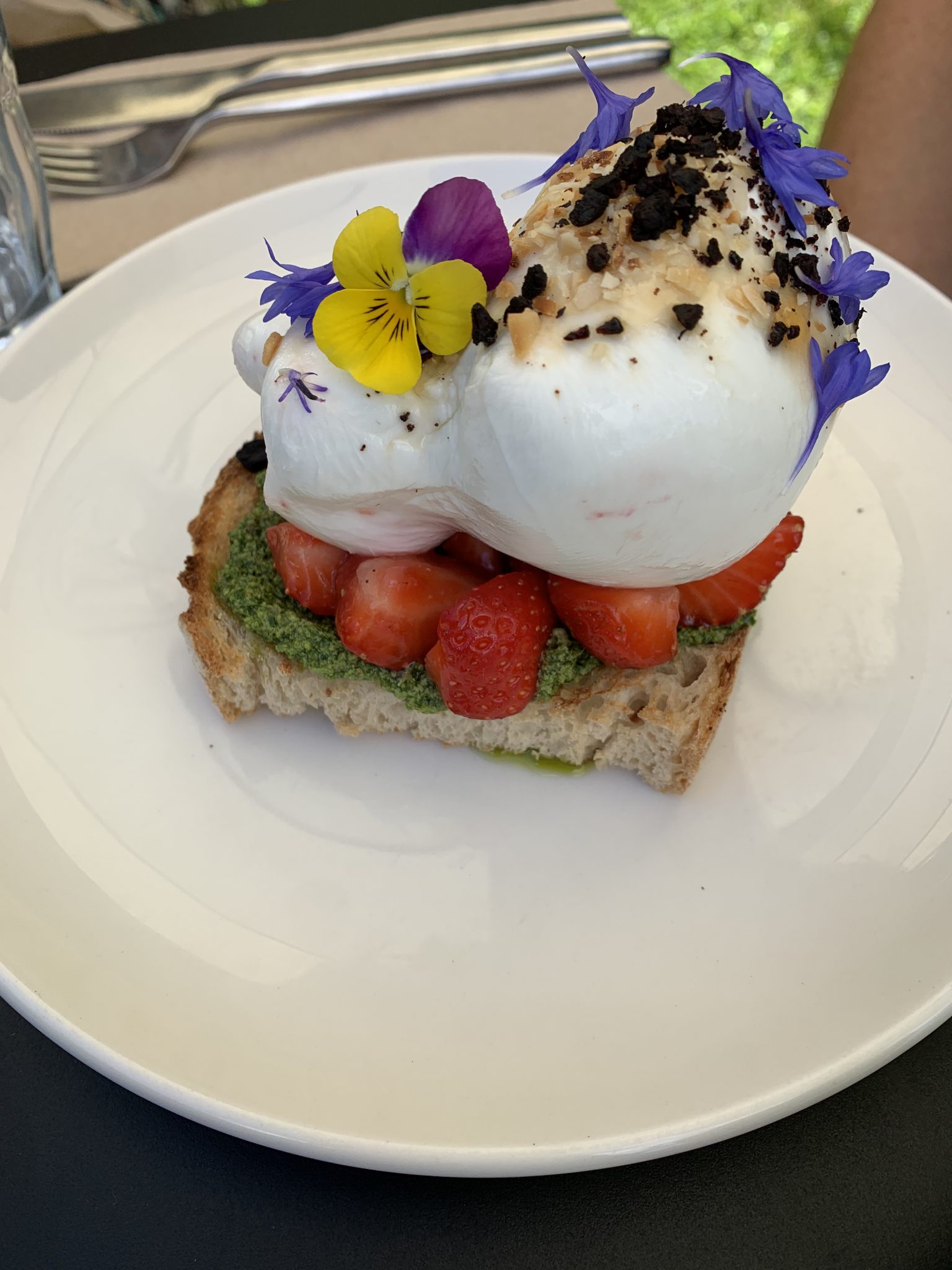
I wondered whether nutritious grass fed milk had been used to make this delicious burrata.
It was served in the restaurant of a museum dedicated to Nano Nagle, a wealthy woman who defied the penal laws and educated Catholic children in secret.
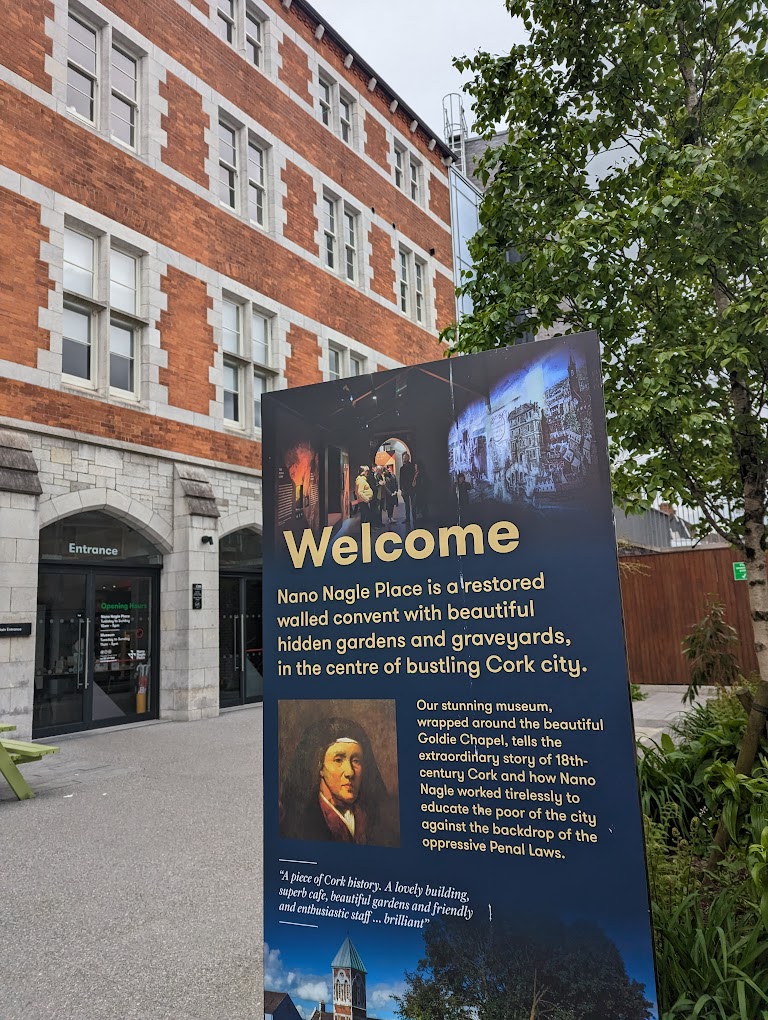

There are so many fascinating stories in Ireland that I have to come back. But I think I’d better wait until my cholesterol levels have gone down again …
